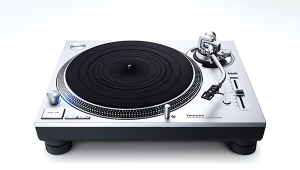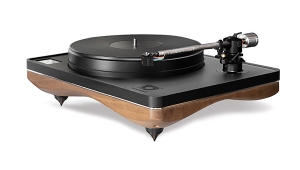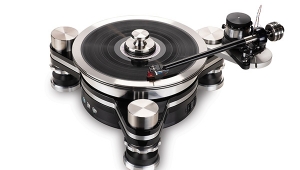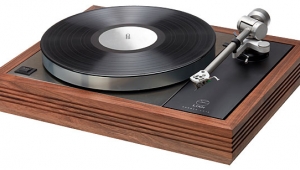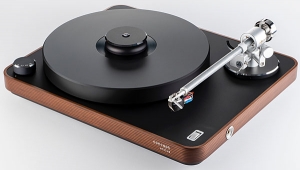| Columns Retired Columns & Blogs |
This is beautiful, and Clearaudio's commitment to vinyl support will always be available for many years. I always wanted the Musical Fidelity M1 turntable but was always hesitant when it first came out about support and service from Musical Fidelity. I was right; even sourcing a motor is tricky. I cannot imagine you would have any problems with support from Clearaudio. As the review says, it also sounds fantastic. I should hear it.







